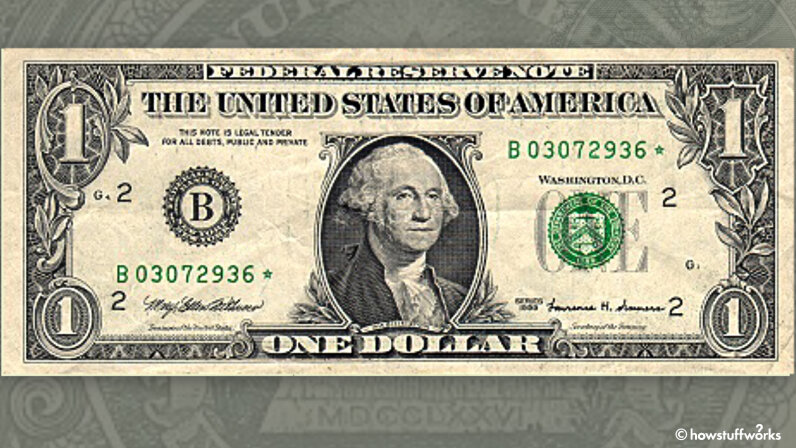The color originally appeared to change from green to black but it goes from copper to green in recent redesigns of the bills.
Counterfeit 1981 50 dollar bill.
Color shifting ink can be found on 100 50 and 20 dollar bills series 1996 and later and on 10 dollar bills series 1999 and later.
The fist thing to look for is the security strip.
Watch this guide to learn if you have a real or a fake us 50 dollar bill.
But with this particular bill be worth.
The us did print 10 000 dollar bills.
You can only see it when a light source is behind the bill.
The color shift is more dramatic in the redesigned currency making it even easier for people to check their money.
To view this hold your bill up to a light and the security strip will appear.
The 50 note includes an embedded security thread that glows yellow when illuminated by uv light.
The 50 dollar bill is designed with two main features to look for in avoiding counterfeit bills.
5 and lower bills do not yet have this feature.
O hold the bill up to a light to check for a watermark.
In addition the note includes a color shifting numeral 50 in the lower right corner of the note.
When held to light a portrait watermark of president grant is visible from both sides of the note.
Color shifting ink tilt the bill to see if the numeral 50 in the lower right corner on the front of the bill changes colors from copper to green.
Since these are of a higher denomination and more scarce than 1 2 5 10 and 20 dollar bills there is a higher chance that it is a counterfeit bill.
Below are the features to look for when taking these bills.
Don t be fooled you can buy a money detector pen on my website at this link.
Beginning with series 1963 and series 1963a for the 50 and 100 bills the clause was removed completely.
The 20 bill glows green the 50 bill glows yellow and the 100 bill glows pink.
If a 1 2 5 10 20 bill series 1963 and after has the clause or if those same denominations prior to series 1963 do not have the clause then the bill is counterfeit.

